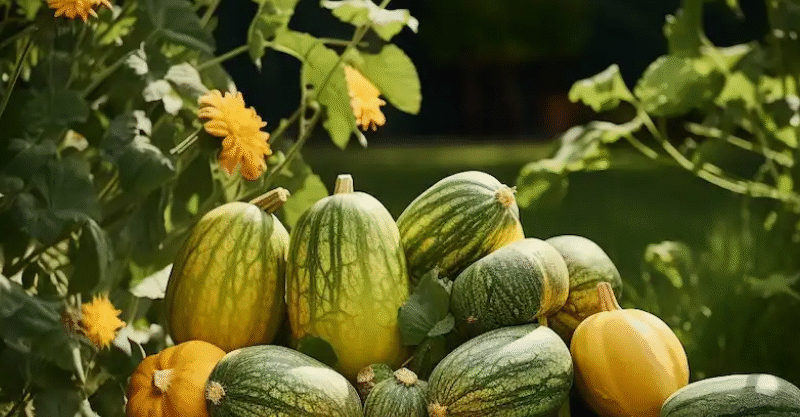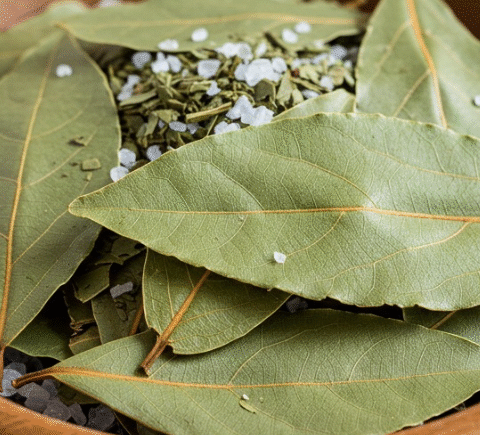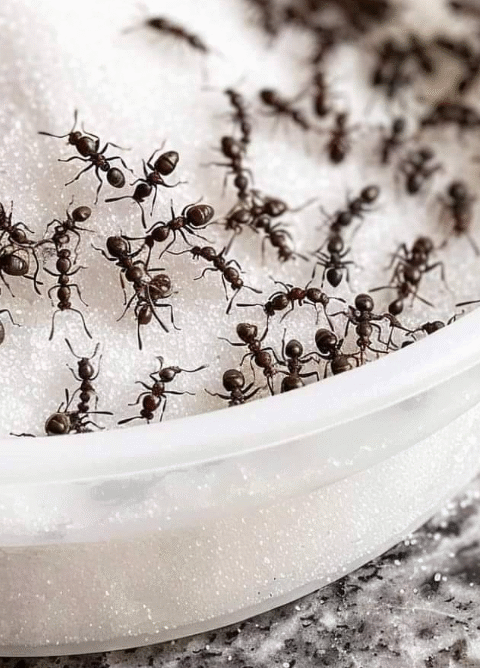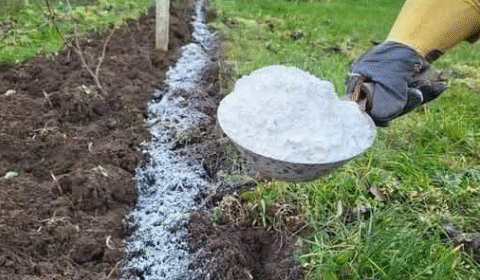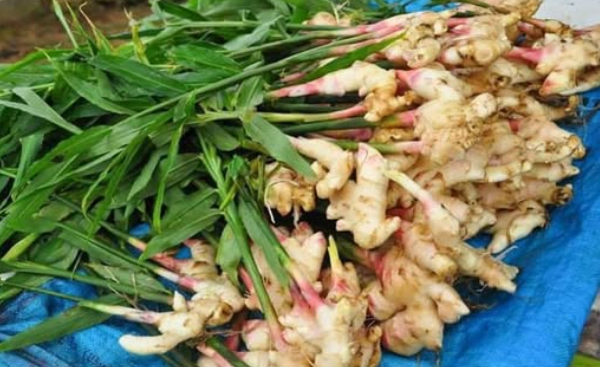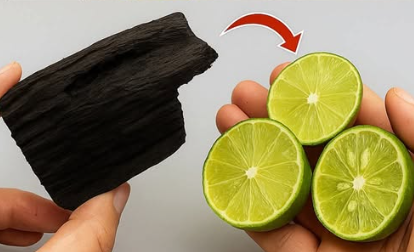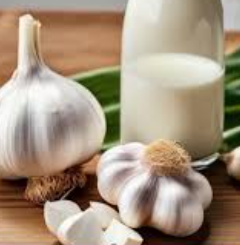How to Grow Muskmelon (Cantaloupe) at Home in Containers: A Complete Guide
Growing muskmelon, also known as cantaloupe, in containers is a rewarding way to enjoy the sweet taste of fresh fruit right from your balcony, patio, or backyard. 🍈 With proper care, even urban gardeners can produce a healthy harvest. This detailed guide will walk you through the process step-by-step, share expert advice, and provide essential tips for success.
Why Grow Muskmelon in Containers?
- 🏡 Perfect for small spaces and urban gardens
- 🍈 Fresh, chemical-free fruit at home
- 🌱 Easier pest and disease management
- 🎯 Ability to control soil quality and nutrients
Step-by-Step Muskmelon Container Growing Guide
1. Selecting the Right Container
Choose a large container at least 18–24 inches in diameter and just as deep. This provides enough space for root development. Ensure the container has multiple drainage holes to prevent waterlogging, which can cause root rot.
2. Choosing Soil and Fertilizer
Opt for well-draining, nutrient-rich soil. Mix quality potting soil with compost or aged manure for fertility. Add a balanced, slow-release fertilizer (10-10-10) to encourage healthy vine growth. Dr. Leila Nour, Horticultural Specialist, recommends adding bone meal to enhance fruit sweetness.
3. Planting the Seeds
Start seeds indoors 4–6 weeks before the last frost date. Plant seeds about 1 inch deep in seed-starting trays or small pots. Keep them in a warm place (70–85°F) until germination. Once seedlings have a few true leaves, transplant them into your large outdoor container.
4. Sunlight and Temperature
Place the container in a location that receives 6–8 hours of direct sunlight daily. Muskmelons thrive in warm temperatures above 65°F (18°C). If temperatures drop, consider moving containers indoors or using a greenhouse cover.
5. Watering
Keep soil consistently moist but not waterlogged. Water at the base to prevent fungal issues. Prof. Mark Benson, Plant Pathology Expert, advises: “Avoid overhead watering to reduce the risk of powdery mildew.”
6. Pollination
Muskmelons rely on bees for pollination. If pollinators are scarce, hand-pollinate by transferring pollen from male to female flowers using a small brush or cotton swab. Female flowers have a small fruit bulge beneath them, while male flowers do not.
7. Support and Pruning
Train vines to grow vertically using trellises or stakes. This improves airflow, reduces disease risk, and saves space. Prune side shoots and excess foliage to channel energy into fruit production, but avoid heavy pruning as it may reduce yield.
8. Harvesting
Harvest when muskmelons detach easily from the vine with a gentle tug. A ripe melon will have a sweet fragrance, and the base color will change from green to yellow. The netted skin pattern will also be more pronounced.
9. Pest and Disease Management
Common pests include aphids, cucumber beetles, and spider mites. Use neem oil or insecticidal soap to control infestations. Prevent fungal diseases by maintaining good air circulation and avoiding water on leaves. Crop rotation also helps reduce soil-borne pathogens.
10. Enjoying Your Harvest
Store freshly harvested muskmelons at room temperature until fully ripe. Once cut, refrigerate and consume within 2–3 days for the best flavor and nutrition. 🍽️
Nutritional Value of Muskmelon
| Nutrient | Amount per 100g | Health Benefits |
|---|---|---|
| Calories | 34 kcal | Low-calorie fruit ideal for weight management |
| Vitamin C | 36.7 mg | Boosts immunity and skin health |
| Vitamin A | 169 µg | Supports vision and skin health |
| Potassium | 267 mg | Helps regulate blood pressure |
| Fiber | 0.9 g | Aids digestion and satiety |
Health and Safety Tips
- Wash fruits thoroughly before eating to remove any residue.
- Use gloves when applying neem oil or insecticides.
- Rotate crops each season to avoid pest build-up.
- Do not overwater to prevent root diseases.
Frequently Asked Questions (FAQs)
- Can muskmelons be grown indoors year-round? Yes, with proper lighting and temperature control.
- How many fruits will one container-grown plant produce? Usually 2–4 melons per plant.
- What’s the best fertilizer for muskmelon? Balanced 10-10-10 during growth, then low-nitrogen, high-potassium for fruiting.
- Why are my muskmelon flowers falling off? Could be due to poor pollination or temperature stress.
- Do muskmelons need a lot of water? Yes, but consistent moisture is more important than quantity.
- When should I prune my muskmelon plant? After it has set a few fruits to direct energy toward ripening.
- Can I save seeds from store-bought melons? Yes, if they are open-pollinated varieties, not hybrids.
- What pests are most common? Aphids, cucumber beetles, and spider mites.
- How do I know when my melon is sweet? A ripe melon has a sweet aroma and slips easily from the vine.
- Can muskmelons cross-pollinate with other melons? Yes, if grown close together.
Conclusion
With the right container, soil, and care, muskmelons can thrive even in small spaces. By following this guide, you’ll enjoy sweet, fragrant melons grown right at home. 🍈 Whether you’re gardening on a balcony or in a backyard, the joy of harvesting your own cantaloupe is unmatched.
